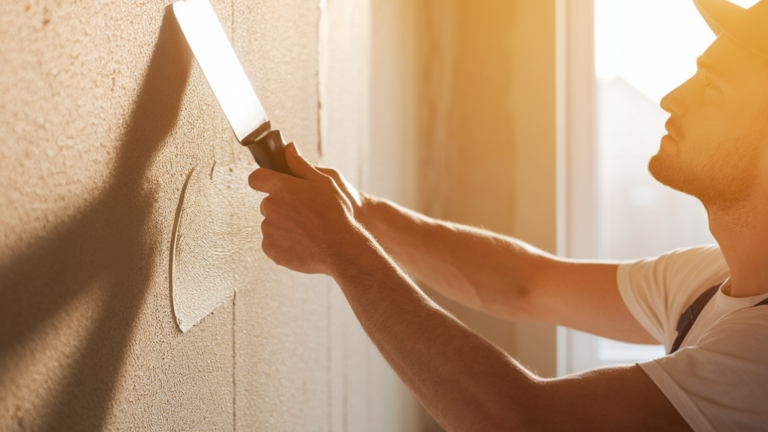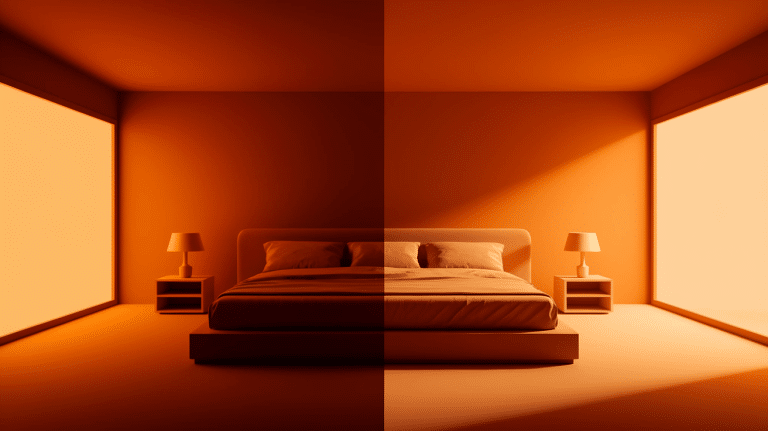Can You Use Exterior Paint Inside? Facts Before You Start
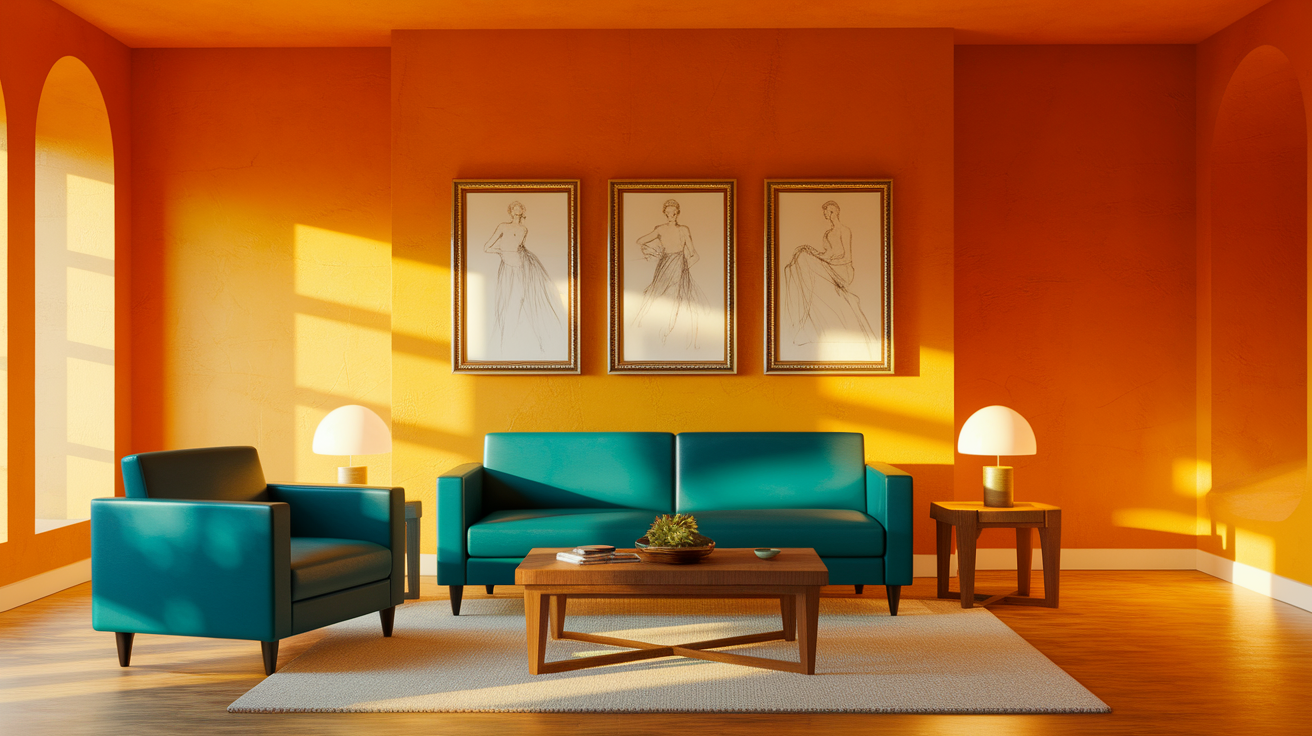
Many homeowners ask if they can use exterior paint for indoor projects. It seems like a simple question, but the answer isn’t just yes or no.
People often think about using outdoor paint inside because they have leftover cans or like specific colors. Some might want to save money or time by not buying new paint.
In this blog, you will learn the key facts about using exterior paint indoors, essential considerations that could affect your home environment, and present suitable alternatives for your interior painting projects.
What Makes Exterior Paint Different
Exterior paint is specifically formulated to withstand harsh weather conditions, including sun, rain, and temperature fluctuations.
It also includes additives that protect against mildew, fading, and cracking, ensuring long-lasting durability outdoors.
| Feature | Exterior Paint | Interior Paint |
|---|---|---|
| Chemical Composition | More acrylic resins, UV inhibitors, mildewcides | Fewer binding agents, focus on stain resistance |
| VOC (Volatile Organic Compounds) Content | Often higher, but specialized options are available | Generally lower for indoor air quality |
| Durability | 5-10 years, resistant to temperature changes | 3-7 years, optimized for cleaning |
| Weather Resistance | Handles UV rays, rain, snow, and temperature shifts | Will crack and peel if used outdoors |
| Cost | 15-25% more expensive ($40-70+ per gallon) | More affordable ($30-50+ per gallon) |
Can You Use Exterior Paint Inside
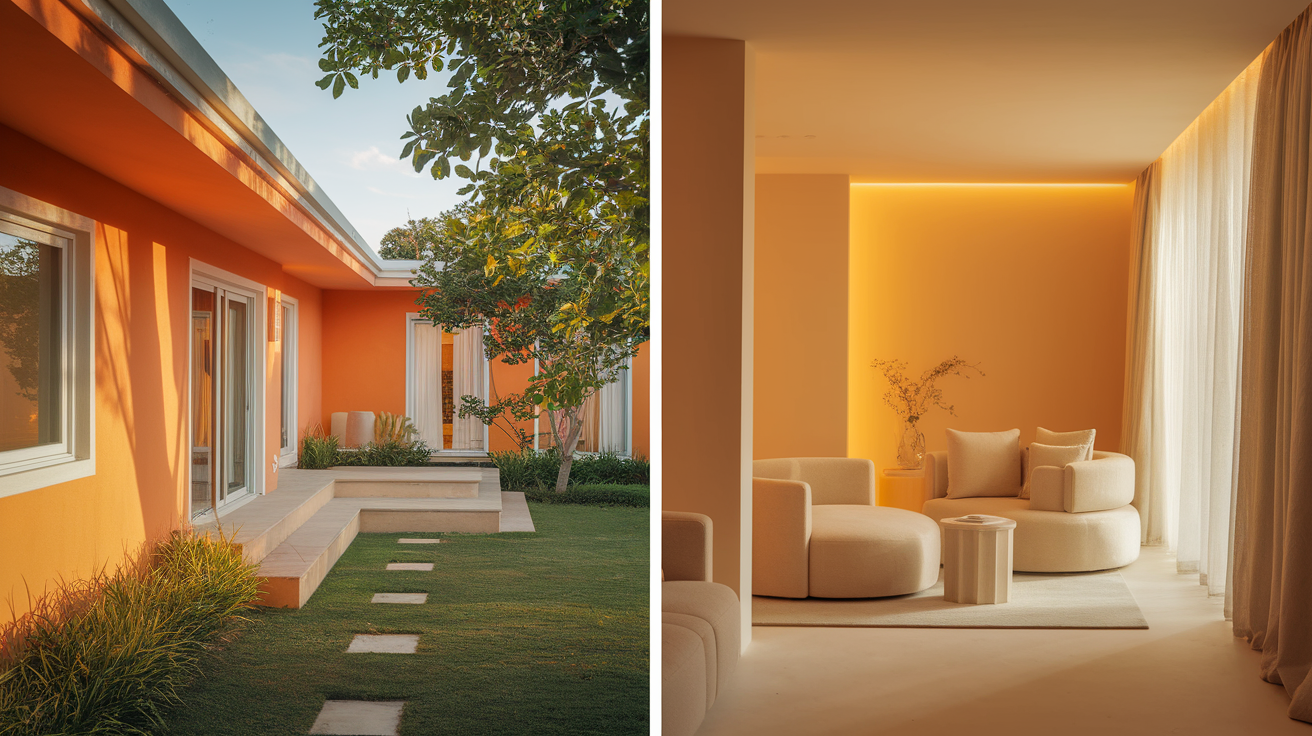
From a technical standpoint, yes, it’s physically possible to apply exterior paint to indoor surfaces, but it should not be done.
The paint will stick to walls, trim, and other interior elements just as it would to outdoor surfaces. However, this doesn’t mean it’s a good idea for most residential or commercial interior spaces.
Manufacturers create distinct products for interior and exterior applications for specific reasons. Each type of paint is formulated with properties that make it suitable for its intended environment.
Exterior paints contain additives and chemicals designed to withstand harsh outdoor conditions that aren’t necessary indoors and may cause problems in enclosed spaces.
Potential Issues With Using Exterior Paint Indoors
While it might seem like a cost-effective solution, using exterior paint indoors can lead to potential health risks and other concerns.
1. Health Considerations and Air Quality Impact
- Exterior paints contain higher levels of volatile organic compounds (VOCs) and fungicides than interior options
- Chemicals that protect against outdoor conditions can cause respiratory irritation, headaches, and eye irritation when used indoors
- Limited ventilation in indoor spaces allows these compounds to linger in the air for months after application
2. Odor Intensity and Duration
- Exterior paint produces much stronger odors that persist significantly longer than interior paint.
- These strong smells can make rooms uncomfortable or unusable for weeks after application.
- Interior paints are formulated for low odor, while exterior paints prioritize durability over scent
3. Finish Appearance Differences
- Exterior paints create less consistent sheen with more visible brush marks in indoor lighting.
- Colors may appear different from expected when viewed under controlled indoor light conditions.
- Interior paints are specifically designed to provide smoother, more refined finishes for indoor viewing
4. Drying Time Variations
- Exterior paints require substantially longer drying periods than interior formulations
- Longer drying times mean rooms remain unusable for extended periods
- Extended wet periods increase the risk of dust contamination and surface imperfections
5. Potential Long-Term Effects on Indoor Surfaces
- Exterior paints may crack and peel indoors as they respond to smaller temperature changes than they’re designed for
- Many exterior paints yellow more quickly and have poor washability when used in indoor environments
- Adhesion problems with interior substrates can lead to premature failure, requiring more frequent repainting
While you technically can use exterior paint indoors, the potential health concerns, strong odors, appearance issues, and long-term performance problems make it a less-than-ideal choice for most interior painting projects.
Interior paints are specifically formulated to provide the right balance of performance, appearance, and safety for indoor environments.
Situations Where Exterior Paint Might Be Acceptable
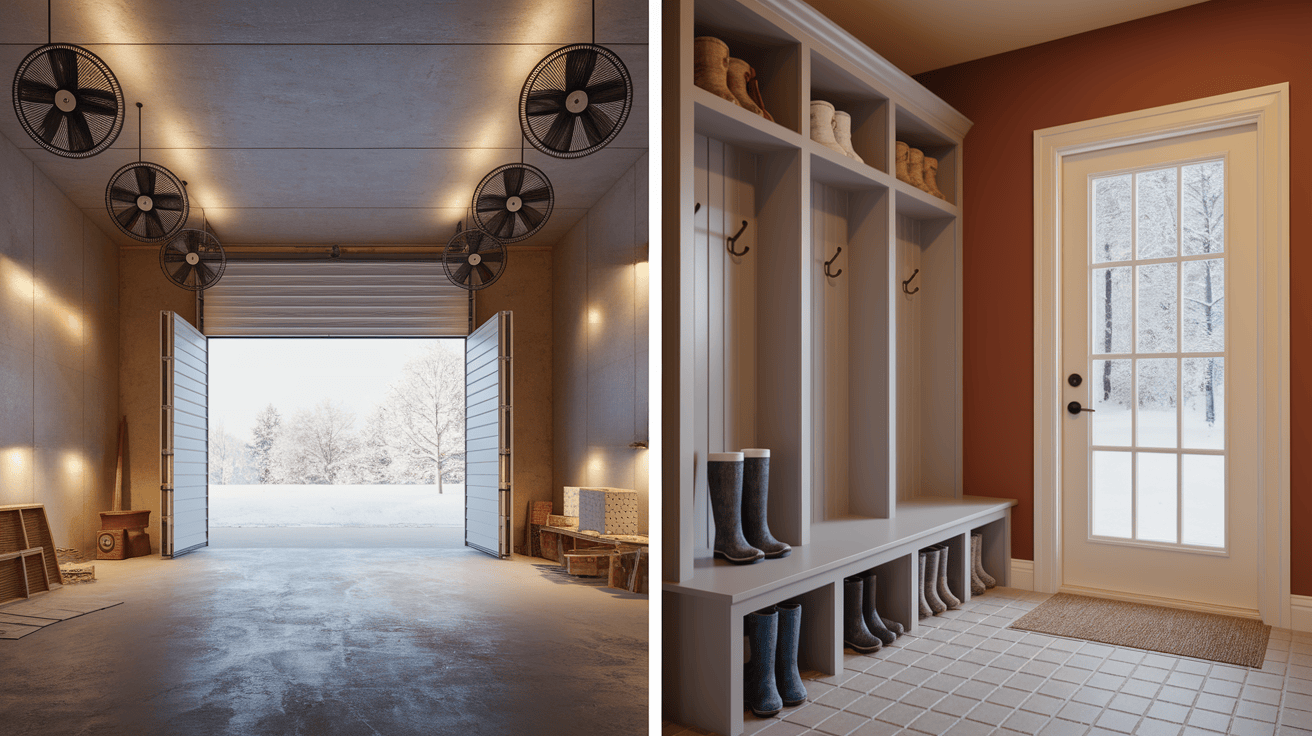
Using exterior paint indoors could work in unheated garages or workshops that experience temperature changes and moisture issues similar to outdoor environments.
Mudrooms or entryways with direct outdoor access might benefit from the increased durability of exterior formulations. This is especially true in homes located in harsh climates where snow, rain, or mud is frequently tracked inside.
If using exterior paint indoors, ensure strong ventilation during and after application. Allow for extended drying time and consider sealing with a low-VOC clear coat to minimize ongoing chemical emissions into your home.
Considerations When Using Exterior Paint Inside
Most people consider using exterior paint inside only to use up leftover supplies. While possible in certain areas, you must think about the paint’s finish and its impact on surfaces.
The paint type matters significantly. Oil-based options emit higher VOCs with strong odors, while water-based formulations contain fewer VOCs and produce milder smells during application.
Conclusion
In short, while you can use exterior paint inside in certain situations, it’s usually not the best choice due to health risks, finish differences, and potential performance issues.
Always prioritize your indoor air quality and the longevity of your paint job. When in doubt, investing in quality interior paint will likely save you headaches and help your home look its best in the long run.
Frequently Asked Questions
How Long Before Exterior Paint Fumes Clear Indoors?
Exterior paint can take significantly longer to fully dry and cure indoors, often 3-7 days for initial drying and up to 30 days to fully cure. The fumes might linger much longer than with interior paint because exterior paint isn’t designed for indoor ventilation conditions.
Do Exterior and Interior Paints Look Different When Applied?
Yes, exterior paints often have a different sheen and texture compared to interior paints. Interior paints are typically made to provide a smoother finish with better color retention under indoor lighting conditions.
Will Using Exterior Paint Indoors Affect My Home’s Value?
It could potentially affect home value during inspections if the paint is identified as exterior grade, as this might raise questions about indoor air quality and proper material usage.

